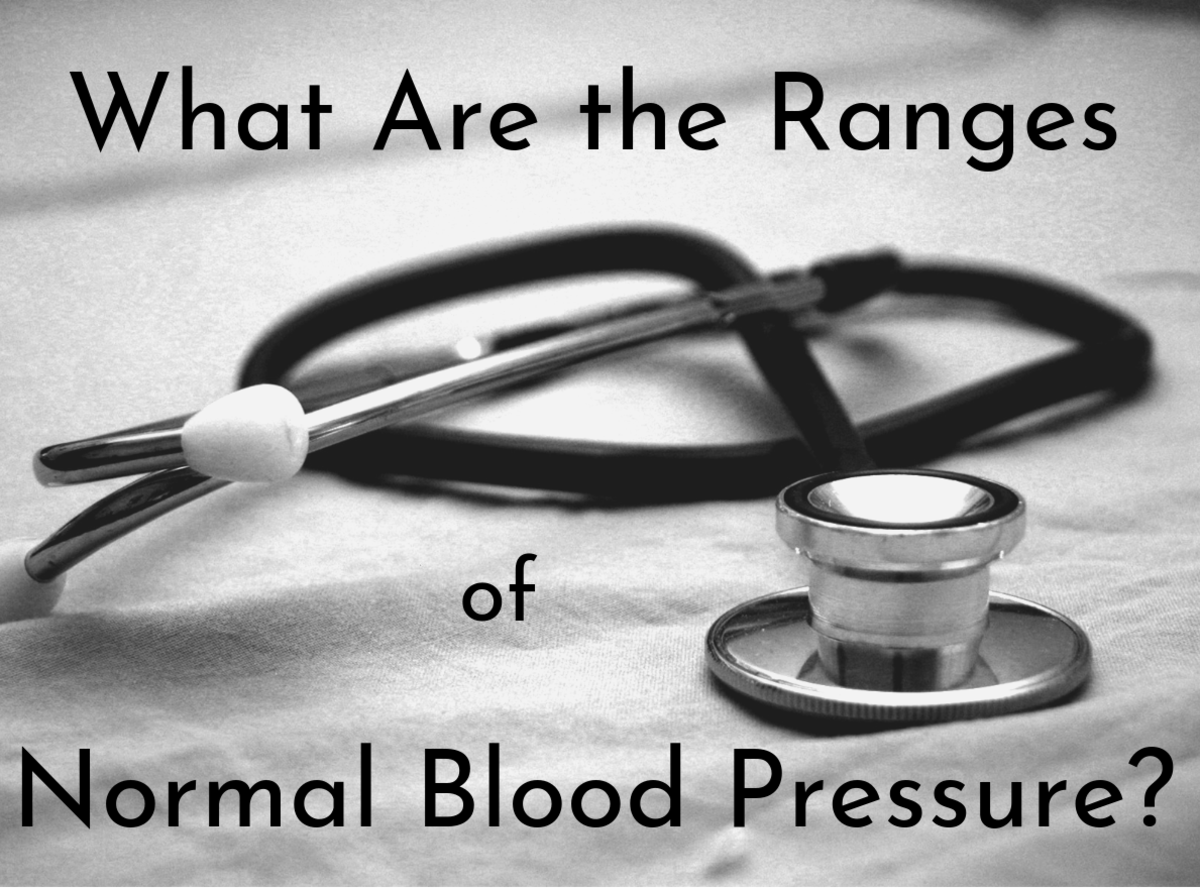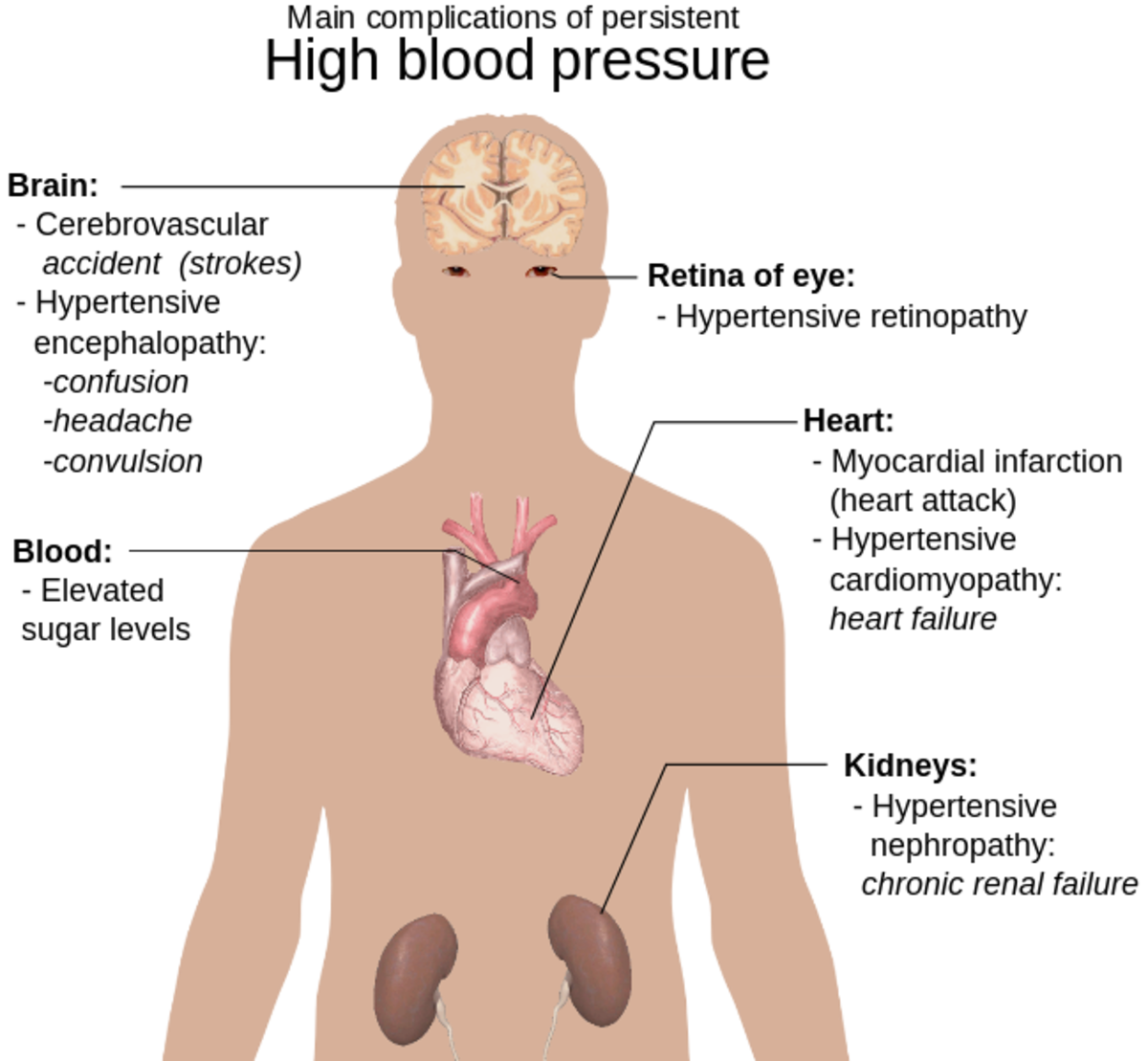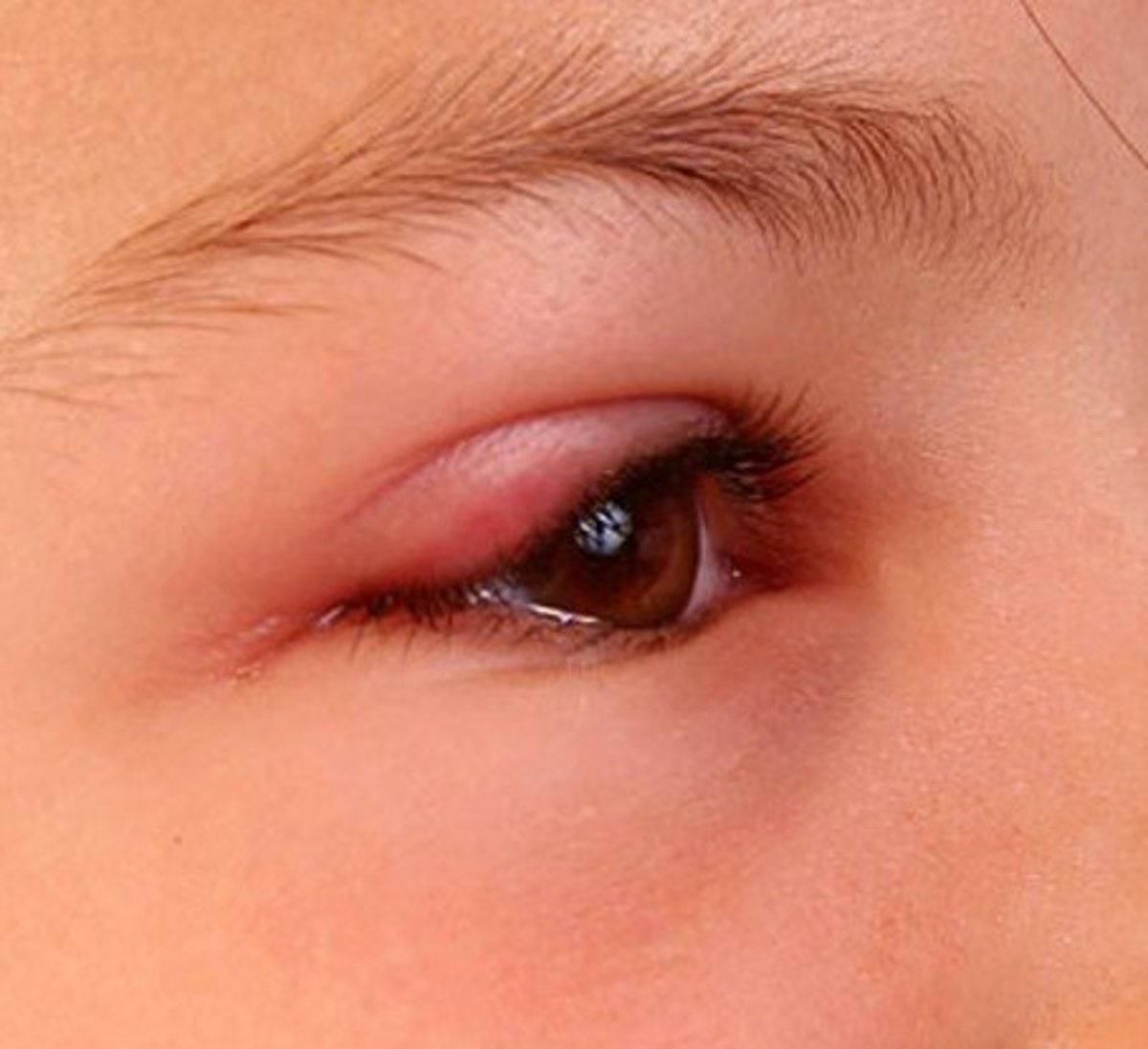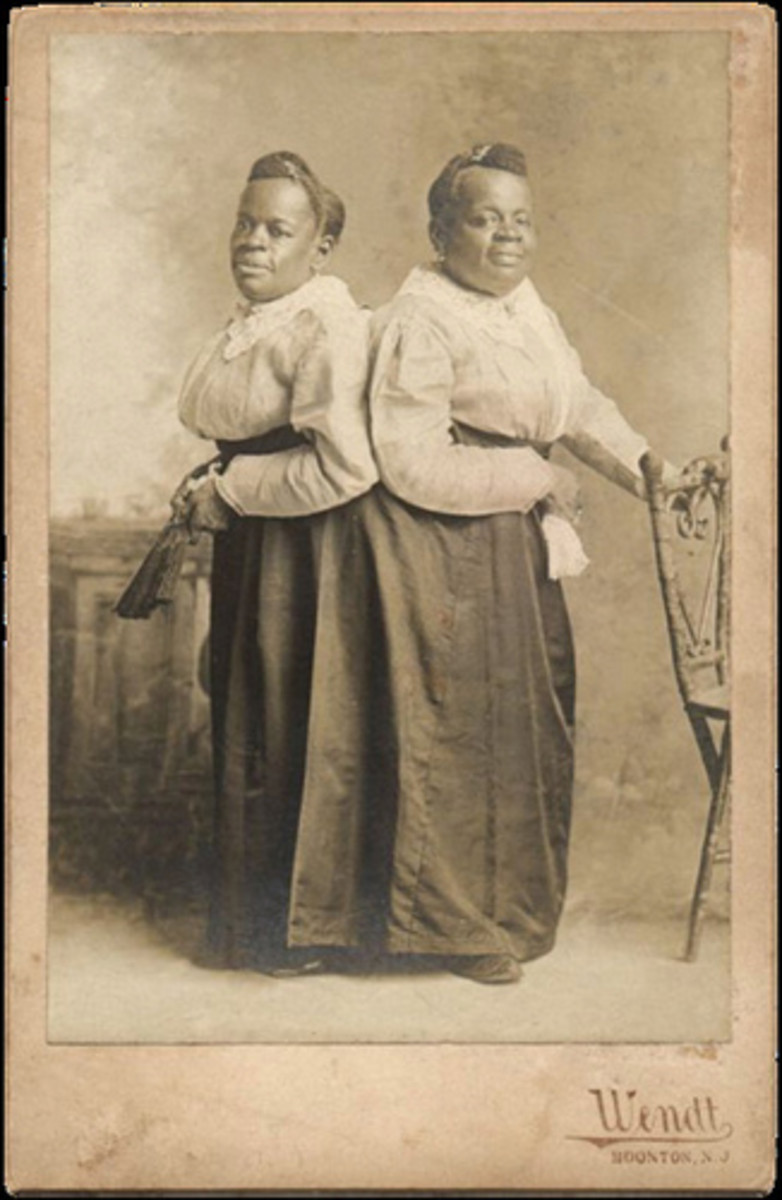Do You Know Your Blood Pressure?
Demonstration
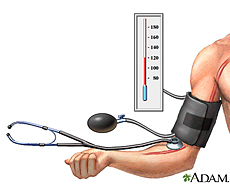
What Do The Numbers Mean? by awordlover
Do you know what your blood pressure is - a ballpark figure?
No?
Well, you should. It is important for the function of all your other organs and if it is too high, there are certain steps, food, exercise and living habits that you must change if you want to stay on this planet a bit longer.
The top number is called systolic and this number tells the physician what the pressure is in your arteries when your heart beats. The bottom number is called diastolic and this number tells the physician what the pressure is in the arteries between your heartbeats.
The ideal and preferred blood pressure in a healthy adult is 120/80.
While this is optimal, it is not always practical given your body size, shape, weight, and family history. Below is a chart depicting standard ranges.
Do You Know Your Blood Pressure?
Types of Blood Pressure
| Systolic
| Diastolic
|
|---|---|---|
Normal
| Less than 120 AND
| Less than 80
|
Prehypertension
| 120 to 139 OR
| 80 to 89
|
High blood pressure (HYPERtension Stage 1)
| 140 to 159 OR
| 90 to 99
|
High blood pressure (HYPERtension Stage 2)
| 160 or higher OR
| 100 or higher
|
Hypertension crisis
| Higher than 180 OR
| Higher than 110
|
Sodium is Salt, It's In Many Foods
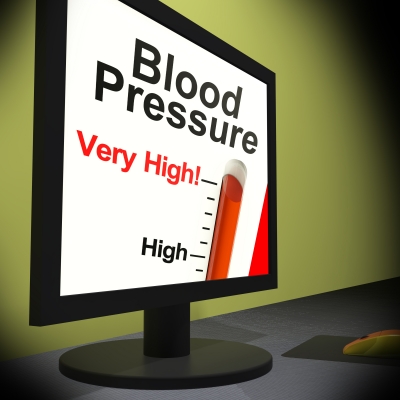
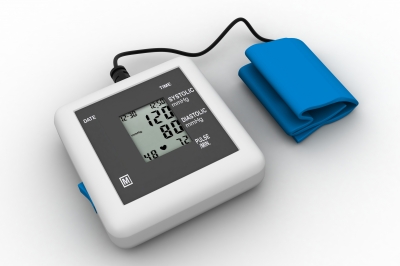
High Blood Pressure (Hypertension) - researched by awordlover
First and foremost to understand is that your blood pressure does not remain the same all the time. It goes down when you sleep and goes up when you get up for the day. Being nervous, active, or upset can also make your blood pressure go up.
An illness can cause fluctuations as do certain medications. Some people are diagnosed with pre-hypertension and that means that, unless treated, you will likely end up with high blood pressure in your future.
If your physician cannot find a cause for your high blood pressure, it is labeled idiopathic hypertension - no known cause.
- If you have diabetes, kidney disease, thyroid disease or any ongoing medical condition, it is labeled secondary hypertension.
Women taking birth control pills or are on hormone therapy for menopause will often have high blood pressure and should be closely monitored. Asthma medications and over the counter cold and flu products can increase your blood pressure.
- High blood pressure often goes hand in hand with smoking, overuse of salt (example: fast food or prepared foods), consuming alcoholic beverages, and lack of physical activity.
Obesity and high blood pressure are often noted together. African Americans as well as Hispanic are more likely to have high blood pressure than Caucasians.
- High blood pressure rarely has any symptoms. But it can cause serious problems like stroke, kidney failure, heart failure, or heart attack.
Before you develop a treatment plan for high blood pressure, your pressure should be monitored by you at home and you should keep a record for about three weeks to a month.
Use the wrist BP monitor if you have one -- they are fairly accurate. The physician will get a better picture when you hand him your recordkeeping notes. It is also helpful to note alongside your daily data what activities you performed shortly before you take your blood pressure. Activity can impact the numbers.
Foods That Help Lower Blood Pressure
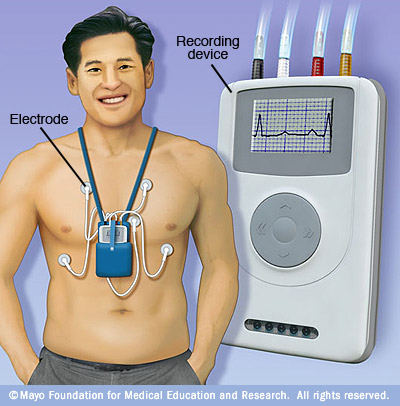
Holter Monitor -researched by awordlover
The next step to diagnosis is for the patient to wear a Holter monitor for at least 24 hours at home while doing regular activities. Some patients say "I can't leave the house for 24 hours?" or "I guess I can't go to the gym for 24 hours."
The fact is that if you do not perform your regular activities while being monitored with the Holter, it is a waste of time and money to even bother with the test in the first place.
The idea is to catch your heart being good and to catch your heart being bad, and the physician needs to know which activity you are doing to determine the stressor/antagonist.
After reviewing the Holter monitor results, your physician will decide if a stress test is needed.
Stress tests can be physical or chemical. Physical stress tests are on a treadmill while wearing a Holter monitor. Chemical stress tests are performed with injection of persantine or similar drug and a monitor (resembles ultrasound screen) records reactions in your heart and chambers.
If you receive a diagnosis of high blood pressure, it can be managed with medication, change in lifestyle and diet. However, the diagnosis is not to be taken lightly.
High Blood Pressure
Untreated High Blood Pressure - researched by awordlover
If only the top number is high (the bottom number is within normal range), it is called isolated systolic hypertension or ISH.
If you have untreated high blood pressure for years, it is doing damage within your body - to your kidneys, heart, blood vessels and other parts of the body.
Unfortunately, many people will not be diagnosed with high blood pressure until a more serious condition is found. By that time, aggressive treatment needs to be implemented.
Many patients blame a physician for not getting them better. Please do not totally rely on your physician to manage your high blood pressure.
When you come down to it, blood pressure management is 5% physician, 95% patient. You have to help yourself by following a treatment plan, stick to it, take your medication, and change certain lifestyle habits. This will ensure a better quality of life, and ultimately, a longer life. It is up to you.
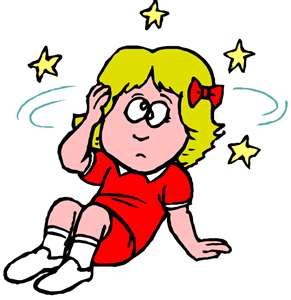
Low Blood Pressure (Hypotension) - researched by awordlover
A blood pressure reading of 90/60 or lower is considered low blood pressure. Some people have low blood pressure all their lives and suffer no adverse effects. It is their normal.
Medications (over the counter and prescription) can cause low blood pressure.
Some people experience dizziness upon standing. When this dizziness leads to faintness, then it is a problem which needs to be treated.
A severe form of low blood pressure is called shock, which can be fatal if you do not get treatment.
Most of the time, low blood pressure happens when your body cannot bring it back to normal fast enough.
Signs and symptoms of low blood pressure can include cold, clammy skin, dizziness, fainting, fatigue, that sick to your stomach feeling without vomiting, and sometimes blurred vision.
Vertigo Chart
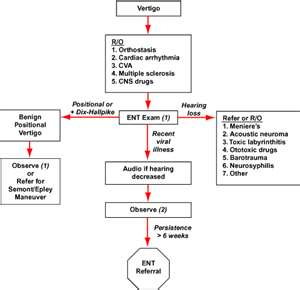
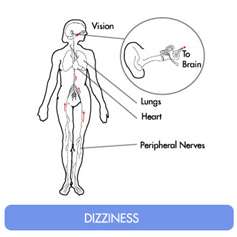
Types of Low Blood Pressure - researched by awordlover
If you have low blood pressure all the time with no ill effects, it is called chronic asymptomatic hypotension. Patients usually have no signs or symptoms and do not need treatment.
When your blood pressure goes down after you have been in a standing position for a long time, this is called neurally mediated hypotension. Patients will experience dizziness, faintness, and sometimes nausea.
When you stand up from a sitting or lying position, you might get dizzy or faint for a minute or two- this is called orthostatic hypotension and is the most common among the frail or elderly.
Sit down and allow blood pressure to catch up to you.
Take your time in the future when changing positions.
Orthostatic hypotension can sometimes have an underlying medical condition as its cause. If it happens regularly, a complete workup should be done.
Dehydration is a common cause - not drinking enough fluids, sweating your fluids out, or frequent urination are examples of dehydration. Certain medical conditions like anemia, thyroid disorders, heart valve disease, endocrine system disturbances (diabetes, low blood sugar, Addison's Disease) can lead to orthostatic hypotension.
When you experience sudden low blood pressure after a meal, this is called postprandial hypotension and is often seen in older adults.
Shock is the most severe form of low blood pressure and can be life threatening. This is when your blood pressure falls so low that your vital organs cannot get enough blood to work most efficiently. Causes can be severe blood loss, severe trauma to any part of the body, allergic reactions to food, medication or environment, poisoning, and uncontrolled infections.
If shock is not treated immediately, it is fatal.
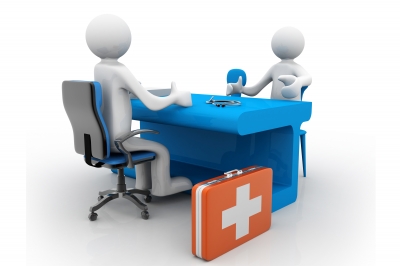
Diagnosis and Treatment - researched by awordlover
Unlike certain groups of people with high blood pressure, low blood pressure can happen to anyone of any race or age group.
If you take diuretics and/or medication to control your high blood pressure, you are more likely to suffer incidents of low blood pressure.
People who work outdoors in the heat, patients who are bedridden so that they do not move around much and pregnancy are risk factors for low blood pressure.
Tests to diagnose low blood pressure include
- blood tests for anemia and low blood sugar,
- 24 hour Holter monitor,
- EKG,
- Echocardiogram
- stress tests, and
- tilt table test.
The tilt table test is used when no there is no known cause for fainting or dizziness. Patients lie on a table, that is adjusted from lying position to a standing position and the physician will monitor your blood pressure for fluctuations. It is beneficial in diagnosing nervous system and brain diseases. Most patients with neurally mediated hypotension faint during this test.
Treatment can include
- medication adjustments,
- getting adequate fluids,
- increasing salt in diet,
- compression stockings to force blood flow up from the legs, and
- eating smaller more frequent meals.
In my experience, low blood pressure is far easier to treat than high blood pressure.
A cooperative patient, a good treatment plan which a physician is not afraid to change (if it is not working for the patient), and good communication between physician and patient go a long way in the treatment of most of the symptoms of hypotension.
Do not copy this article. It is not free to copy just because it is on the internet.

Published by awordlover January 19, 2012
9/28/2013 - updated by Fiona Powers, from awordlover's team
2/2/2014 - updated by Rachael O'Halloran to replace pixelated Copyscape logos and correct format issues.
© 2012 awordlover


